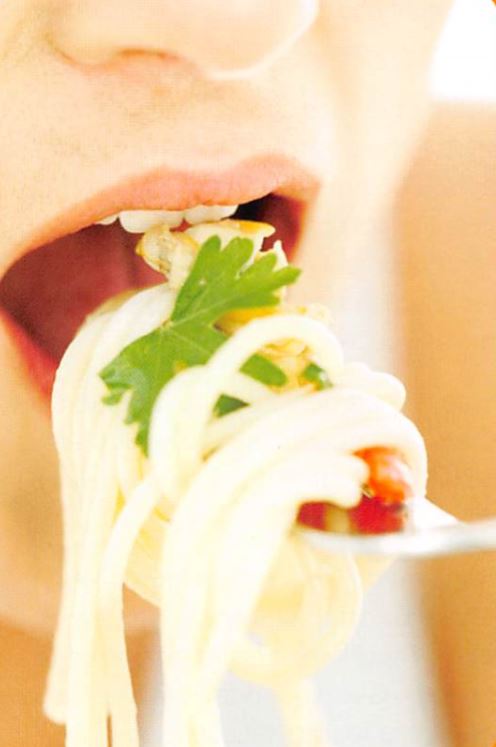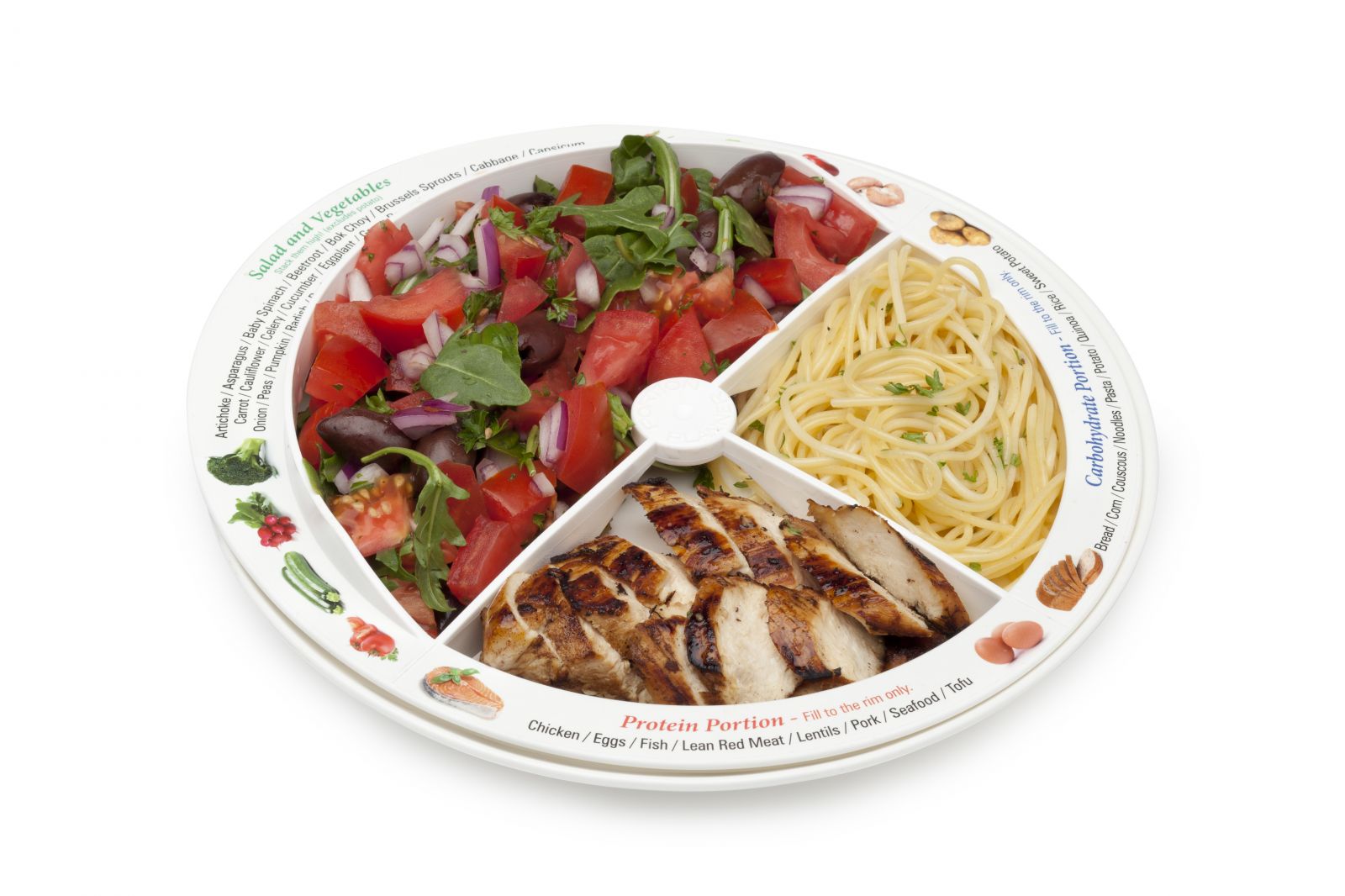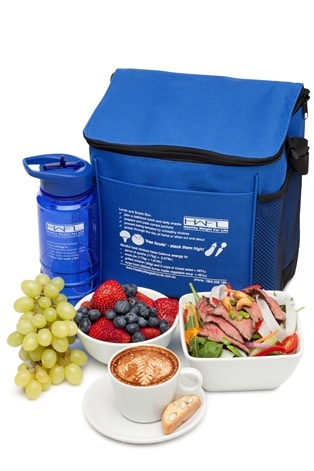Key Points
- Mindful eating practices will help you eat less and enjoy your food and drink more.
- When you no longer feel hungry, you should stop eating.
- There are many non-hunger factors that influence our food and beverage choices. You can work out strategies to overcome the ones that work against your weight loss goals.

Topics
-
- Tips for mindful eating and drinking
- Healthy eating and drinking patterns
- Non-hunger factors that influence food and drink choices
- Your mindful eating and drinking strategies
Introduction
Another strategy that will help you achieve your weight loss goals, and to enjoy your food more, is to establish mindful eating practices.
This means paying more attention to the type and quantity of food you eat and what you drink.
It also means tuning in more closely to your body to assess your hunger cues and feelings of fullness. This module outlines tips for mindful eating and drinking.
The many external factors that influence our eating and drinking will be outlined, as well as helping you to work out strategies to overcome them.
1. Tips for mindful eating and drinking
Mindful eating and drinking connects your mind with your mouth to help control the food and drink you consume and the way that you consume it.
The following tips will help you modify the food you eat and what you drink through mindful practices. You will feel as though you have eaten and enjoyed more food and drink than you actually have.

- Limit the amount of food you put into your mouth at any given time. A mouth full of food should really only be the amount of food that fits on your tongue.
- When drinking, take sips of your beverage slowly in order to enjoy the flavour.
- Always eat your food with utensils, even if you can eat it easily without them. This will help you limit the amount of food you put into your mouth and slow your eating down.
- Once the food is in your mouth, put your utensils down until you have chewed and swallowed your food. Wait for five seconds before you take your next mouth-full. When you eat quickly, you are more likely to overeat.
- When you chew your food, chew it like it is the fist time you are tasting it. Involve as many of the senses as you can. Note the look, taste, texture and smell of the food. When you take the time to chew your food properly, you will enjoy it more.
- Keep chewing until your food is consistently smooth. Try not to swallow until you have chewed sufficiently.
- Concentrate on the act of eating or drinking, with minimal distractions. Turn the television off and never eat or drink on the run. Take the time to sit down and enjoy your meal.
- When you eat more slowly, it gives your body the time to register feelings of fullness, thereby limiting the amount of food you feel like eating.
- Avoid the high energy drinks that often accompany meals, such as alcohol and soft drinks, by choosing water instead. However, if you do choose to have a glass of wine or a beer, sip it slowly and savour the flavour through mindful drinking.
2. Healthy eating and drinking patterns


In addition to mindful eating practices, there are ways you can modify how you eat and drink that can help you lose weight.
- It is important to reduce portion sizes of high energy foods to help you achieve your weight loss goals. You do not have to feel hungry. You can increase the portion size of low energy, high nutrient foods such as vegetables and some fruits. Remember, you can eat as many 'free foods' (view) as you like.
- It's OK to leave food on your plate. Stop eating when you are no longer hungry, even if there is some food left. You can put the food away to finish later.
- It takes time for your stomach to digest food into nutrients that can be taken up into the blood stream. Therefore, it is important not to rush your meals. Give your body the chance to register when it is feeling satisfied.
- When your stomach is full, you feel less hungry. It's a good idea to fill up on low kilojoule foods such as fresh vegetables, salad, some healthy vegetable soup or water.
- When trying to lose weight, it is often tempting to skip meals. This is not a good idea as it often leads to extreme hunger that can result in overeating later.
- It is best to distribute food throughout the day - eating less but more often will help control your hunger.
The Healthy Weight For Life™ lunch and snack bag will help you distribute your energy intake throughout the day. - Sometimes we eat out of habit. It is important to think about how hungry you are before you eat a meal. Try to match the amount of food you eat with your hunger level. Stop eating when you no longer feel hungry.
- Maintain good hydration. Thirst is often confused with hunger.
3. Non-hunger factors that influence food and drink choices
There are many factors, other than simply hunger or thirst, that influence what we eat and drink.
If you can identify and become aware of some of your non-hunger triggers, it will be a lot easier to develop your own strategies to take back control of what you are eating and drinking, and when.
Some examples of common non-hunger triggers are:
4. Your mindful eating and drinking strategies

- What changes can you make to the way you eat to enable mindful eating? (eg: I will set the table with cutlery and turn off the television while I eat dinner.)
- List one of the Influences from the "non- hunger" list above that often leads you to make unhealthy food choices (eg: I often feel rushed at the end of the day and collect take-away dinner on my way home.)
- Outline what strategy you may take to reduce the influence this factor has on you. (eg: I will prepare some meals on the weekend and freeze them, that way I will only have to heat them up on a busy week night.)
